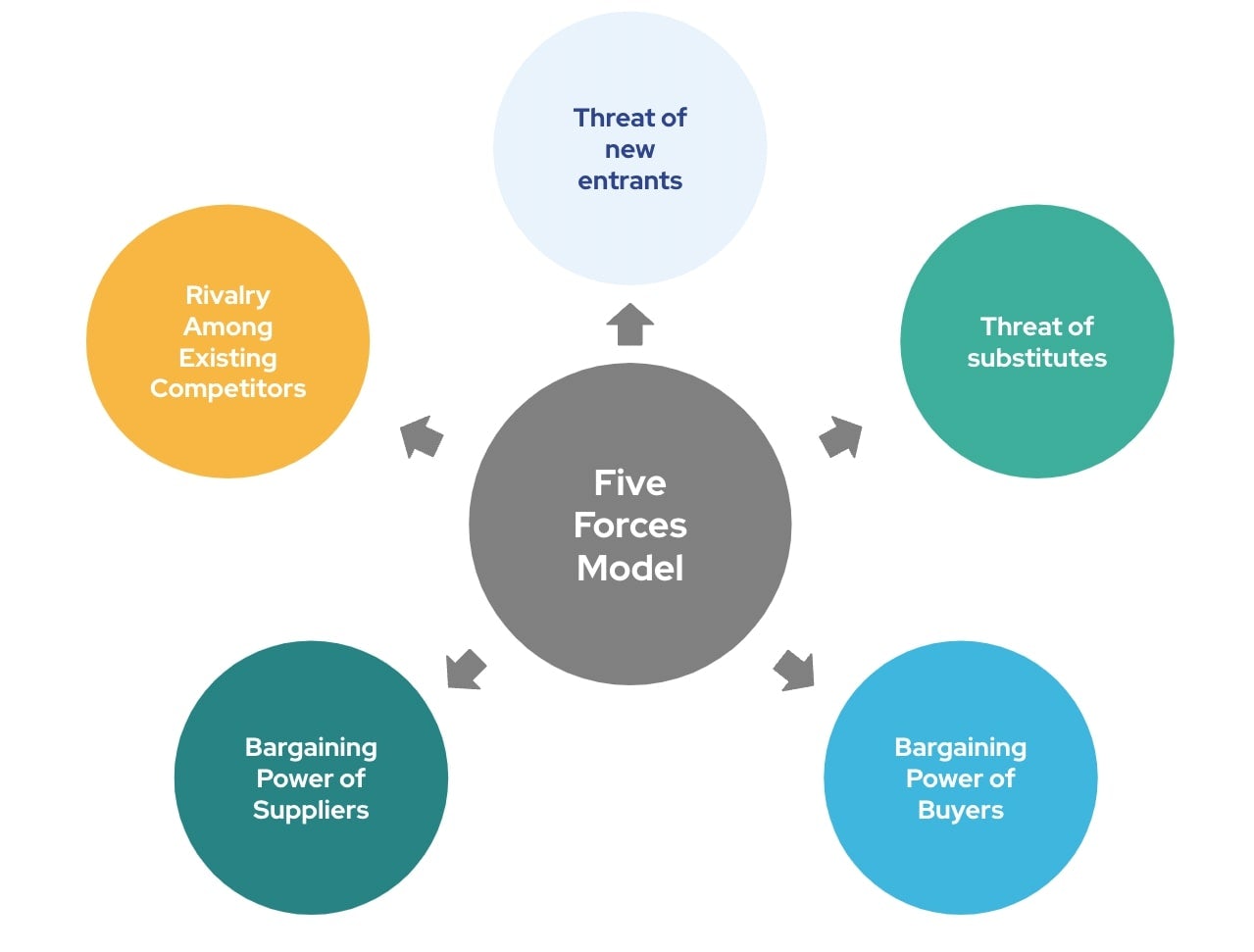Every year Google announces changes to their product data specifications and introduces new product attributes. This year is no different, with two immediate changes (thanks for the notice Google!) and five changes that are in effect from 1st September. This blog will ensure that you keep up to speed with Google’s ever-changing requirements!
Changes Beginning Immediately (16th June 2020)
Instalment and subscription cost attributes
Instalment and subscription cost attributes: Values for the instalment [instalment] and subscription_cost [subscription_cost] attributes will be accepted for wireless products and services in approved countries for Shopping ads only. Submitting values for these attributes for other product categories may lead to disapproval.
What does this mean for me? For any products in your Google Merchant Center that fall into the wireless products and services category, you will now be able to show instalment or subscription costs in your shopping ads. The best example of this would be purchasing a mobile phone where you have the option to pay for the phone outright or with monthly instalments, now you will be able to show both prices in your ads.

Product detail attribute
Product detail attribute: To help improve product data quality, we’re introducing the product_detail [product_detail] attribute, which can be used to provide technical specifications that aren’t covered by other attributes. This optional attribute allows you to provide readable, structured data and enhances our ability to surface individual products based on user queries.
What does this mean for me? You’ll now be able to add product specific details as a specific feed attribute similar to how clothing products have size, gender and age group-specific attributes. Google has also stated that including [product_detail] “enhances our ability to surface individual products based on user queries.” meaning this new attribute is going to be an important ranking factor!
Each product detail [product_detail] has 3 required sub-attributes, it’s important to include all three sub-attributes.
- Section name [section_name]
- Attribute name [attribute_name]
- Attribute value [attribute_value]
An example of this would be to include product detail on the capacity of a mobile phone battery.
- Section name: Battery
- Attribute name: Capacity
- Attribute value: 4,000 mAh
When adding these new attributes into your feed make sure to check out this guide from Google on the correct format – product detail guide page.
Changes Effective From 1st September 2020
Category-specific requirements
Category-specific requirements for Google product categories: Products that fall within certain Google product categories, including some sub-categories of Media and Clothing and Accessories, require additional attributes and/or a combination of unique product identifiers. If these required attributes, such as gender [gender], age_group [age_group], size [size], and color [colour] are not provided, your products will remain eligible to serve but their performance may be limited. Similar products that do include the required attributes will be prioritised above those that are missing these attributes.
What does this mean for me? In short, make sure you have all of the relevant product attributes in your feed otherwise your products will not show as often!
If you are unsure about the product attributes that are required within your industry then get in touch with a member of the team today and we’ll be happy to help.
Description attribute
Description attribute: The description [description] attribute is required for all products. Products that do not include a product description will still be eligible to serve; however, their performance may be limited. Similar products that do include a description will be prioritised above those missing a value for the description attribute.
What does this mean for me? A pretty simple one, any products that do not contain a product description will lead to severe performance limitations.
Material, pattern and image link attributes
Material, pattern and image link attributes: Products with more than one value submitted for the material [material], pattern [pattern] or image_link [image_link]attributes will receive warnings. If your product contains multiple materials or patterns, you will still be able to specify more than one material or pattern value using slashes and hyphens, but you may not separate values with commas. The additional_image_link [additional_image_link] attribute can be used to submit additional images.
What does this mean for me? For any of the values listed above, you will only be able to submit one value for each otherwise you will receive a warning. For a product with more than one value, you will need to ensure that the values are split by slashes or hyphens but not by commas.
- Not accepted – [Colour]: Red,Blue
- Accepted – [Colour]: Red/Blue
This is an important change and you should have this change ready to go live in your data feed from the 1st of September 2020.
Product highlight attribute
What does this mean for me? This is a very exciting announcement which will allow advertisers to showcase the most important product features in a bullet-pointed list.

Best practises for the product highlight attribute:
- Each product must have at least 2-10 product highlights, with the optimal number of highlights being 4-6 per product.
- Each product highlight must be between 1-150 in character length.
- Multiple product highlights for a single product must be separated by a comma.
- Ensure that the product highlights are specific to the product and do not include special offers or sitewide information e.g. delivery details.
Having this product data ready to go on the 1st of September is likely to give you an advantage over the rest of your competitors.
Sale price annotations
Sale price annotations: We’ve relaxed the requirements for displaying sale price annotations in Shopping ads. To show this annotation, the base price, or a higher price, must have been charged for a period of at least 30 days in the past 180 days. (Note: Days do not need to be consecutive.)
What does this mean for me? The last change involves Google relaxing their requirements for displaying the sale price in product listings. The sale price will now show when the base price has been active for 30 days (not consecutive) over the past 180 days.
Summary
Feed optimisation is a fundamental aspect of PPC management, we aim to make sure all of your products are active and well optimised to ensure you have the best chance of ranking highly. These changes that come into effect on the 1st of September are likely to have a big impact on both product disapprovals and product performance so it’s important to act before these changes go live.
To find out how we could help your business, or to discuss your product feed and how we can improve it, then get in touch today.
James Webster – Ecommerce PPC Specialist – @PPC_Webster



